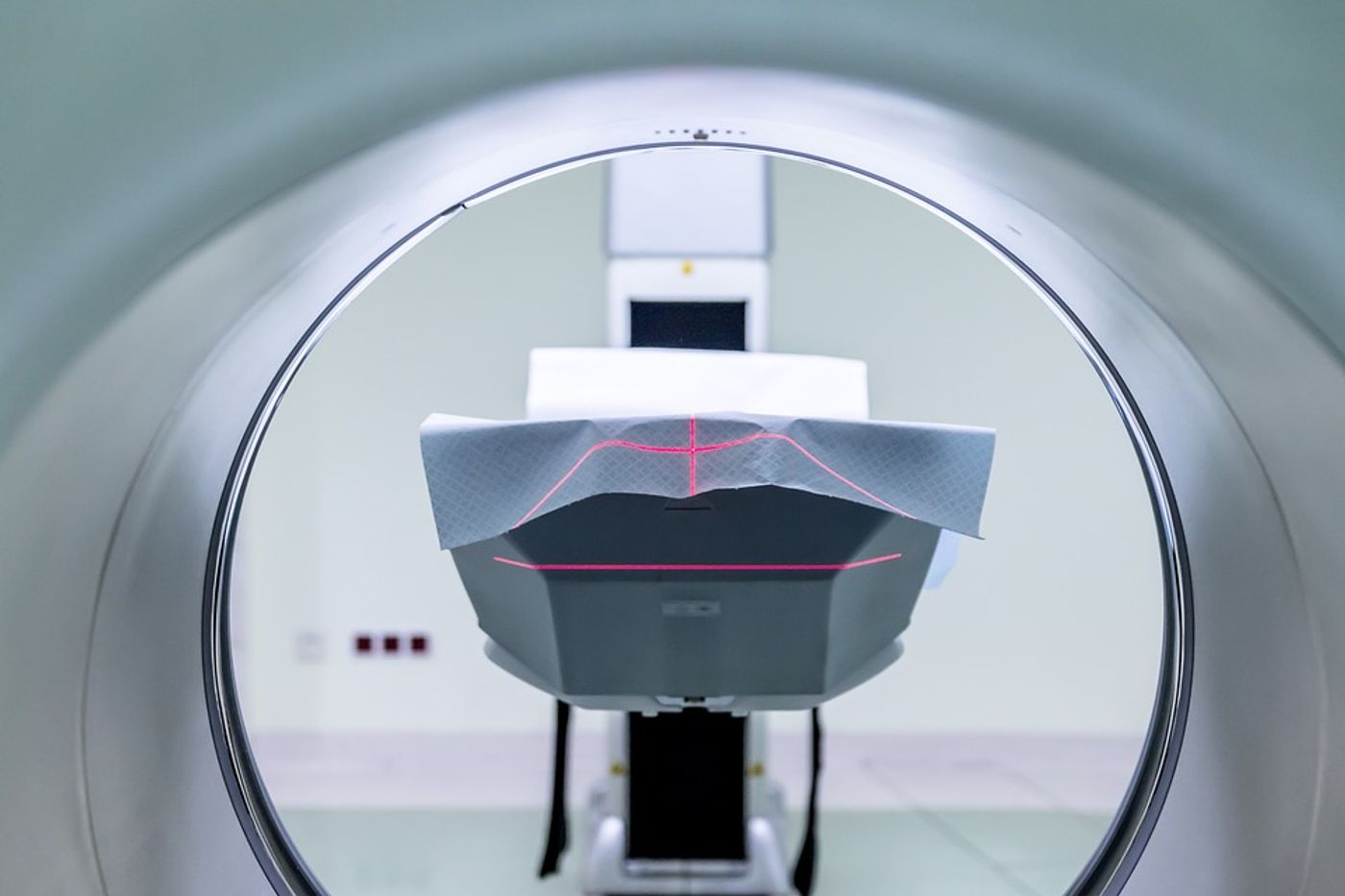FLASH proton therapy: faster and more effective
A new technique called FLASH proposes a new type of radiation therapy. The technique is composed of an ultra-high dose rate of radiotherapy and uses electrons to minimize healthy tissue damage while targeting tumors. Conducted in mice models, FLASH is capable of administering radiation therapy in mere milliseconds, resulting in the same effects of typical radiation sessions but in a fraction of the time.
The research was published recently in the International Journal of Radiation Oncology, Biology, and Physics. Headed by co-author Dr. James M. Metz, director of the Roberts Proton Therapy Center and Chair of Radiation Oncology at the University of Pennsylvania, in Philadelphia, FLASH shows how powerful proton radiation can be and the potential it has to change cancer patients’ treatments.
Typical radiation therapy slows the progression of cancer by damaging cancer cells’ DNA or killing them; yet this process is a lengthy one, sometimes lasting multiple weeks because small doses are most effective at making sure that healthy cells are not targeted during treatment. Because over half of the people with a cancer diagnosis receive radiation therapy, identifying more effective forms of radiation therapy would greatly improve the quality of life for millions of people.
The idea to utilize protons instead of electrons in FLASH therapy stemmed from previous studies in mice that suggested proton therapy would allow for higher doses of radiation in a safer and more effective delivery method. To test this technique, the researchers developed a radiotherapy apparatus that could deliver FLASH or standard radiation dose rates "using double scattered protons in a [...] CT–defined geometry."
They found that their design was successful at targeting pancreatic cancer flank tumors while reducing gastrointestinal damage in mice models. The team hopes to continue their research to eventually develop a technique that would deliver FLASH with protons to humans.
Dr. Metz expressed the team’s excitement over their development: "This is the first time anyone has published findings that demonstrate the feasibility of using protons — rather than electrons — to generate FLASH doses with an accelerator currently used for clinical treatments."
Sources: International Journal of Radiation Oncology, Biology, and Physics, Medical News Today









